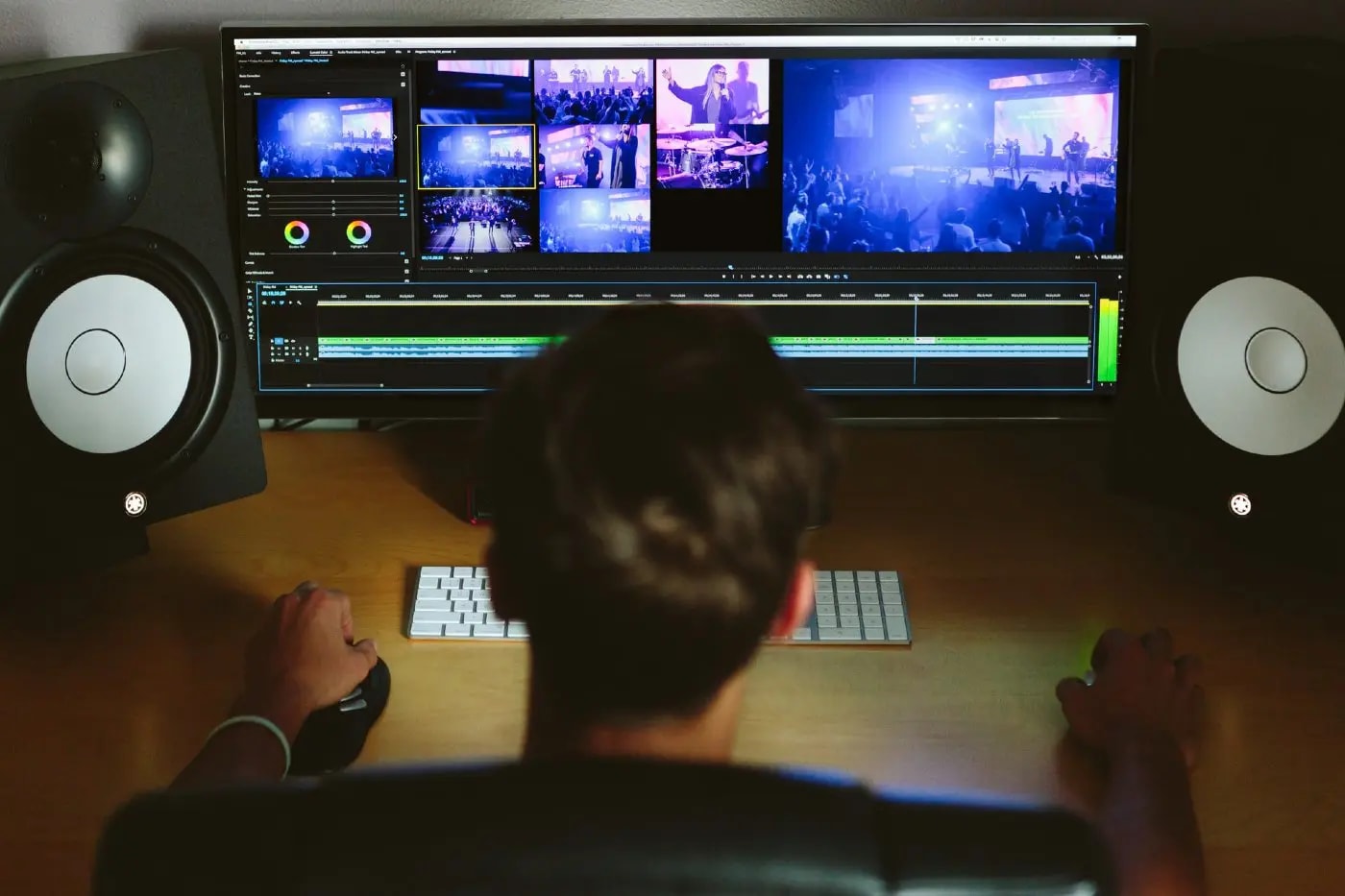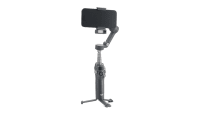Online vs. Offline Editing: Why You Still Need to Consider Proxy Videos
Should you still edit with video proxies? Offline editing is from a time of slower computers, but offline proxies are still worth your time.
Conner Stirling • Jul 14, 2022

You’ve done it. You finally shot your passion project. Your masterpiece shot in 8K raw at 240fps is going to look stunning on the big screen. I bet you can’t wait to start cutting together all that delicious 16-bit footage. Your hard drive is plugged in, Adobe Premiere is fired up (hasn’t crashed… yet), and your project bin full of footage. Hit that space bar and let’s start checking out some takes!
It’s all been great up until this moment. Your perfectly lit scene starts stuttering through like YouTube over a dial up connection circa 2005. What happened? How can life be so cruel? But before you hurl your MacBook Pro across the room, let’s take a deep breath. You’ve got an important story to tell. We can fix this.
What is offline editing?
8K and even some 4K files are very demanding on your computer, depending on its specs. The most effective method is to transfer your footage to your edit drive—or, if you’re working with a production team, to network attached storage (NAS) like the OWC Jellyfish—and then have your NLE transcode your files to something that is easier on your computer and storage for playback.
These files are commonly called proxies and they are usually in a codec like Apple ProRes 422, LT, and proxy or Avid DNxHD, 36, 80, and 115. These codecs are low bandwidth HD files that will allow us to quickly try out new cuts for our story. There is no need to worry about stuttering playback or any technical troubleshooting. You can simply sit down and enjoy the creative process.
This is what the offline editing stage is all about, crafting our story so it is the best and clearest it can be. I have lost many an afternoon trying to get high-res files to playback, looking for the magic settings in my video editing software to make it all magically work only to end up creating proxies anyway. Time wasted where I could’ve been editing and crafting a better story. Now we can head to the next step.
What is Online Editing?
After you have creatively locked your edit in the offline stage this is where we can either take our timeline to another piece of software or simply relink from our proxies to our raw high resolution camera files. We can check this against our rendered offline and edit and address any issues that come up from relinking. This is called a conform.
Once the conform is done tasks like visual effects, color correction, and applying graphics can begin. The online editing stage is where we can apply the finishing touches and really elevate our project.
This is where a high-performance system comes in handy if you are finishing in resolutions above 4K. You’re going to require a powerful system and fast storage for reliable real-time playback. Sometimes this can mean you need to hire a colorist or a dedicated online editor to take your project over the finish line. If you’re delivering 4K or lower most desktop systems are going to handle most online editing tasks just fine.
Is this still a relevant workflow?
If this all seems like a lot of work, that’s because it is! But don’t worry, you aren’t alone. Offline to online editing workflows stem from a time when computers couldn’t keep up with the rising resolutions of image acquisition. We’re lucky to be in an age where powerful computers that can handle manipulating high resolution images are attainable by the average consumer.
So why not just edit all our raw files straight from a hard drive? Capturing, transcoding, rendering, relinking, and exporting all feel like extra steps if we already have the tools to play back our files. The benefit of transcoding and working with offline proxy files is purely performance for the sake of focus and comfort.
You can store proxy files locally or on a small external drive and edit from virtually anywhere on a laptop. Are you most creative on the couch? Your backyard? The roof? Great, set up there and cut together something beautiful.
Reviewing something with the director or producer? Proxies aren’t going to risk any embarrassing playback issues. Having access to the flexibility of your high-resolution raw files is great for final finishing. Using proxies in an offline to online editing workflow allows you to focus on the flow of your storytelling without bogging yourself down dealing with technical limitations.
Team-workflow
An online/offline workflow is a great way for teams to take advantage of shared storage. Ready to conform your project? No need to wrangle another drive or pull a RAID out of the closet, just point to the original camera files on your team’s NAS and you’re off and running.
While editors are cutting low bandwidth proxies, your online editor and/or colorist can utilize the bandwidth they need to playback your full resolution files. Simplified hand off, less technical limitations, and proper bandwidth allocation are just a few ways that shared storage makes this workflow straightforward so that you can focus on elevating your story.
Other topics you might like
Give Your Smartphone Videography 360-Degrees of Spin With the New DJI Osmo Mobile 8
Updated on Dec 5, 2025
Not Here That Long: Filmmaker Ty Evans Built a Career on Risk, Reward, Rails and Rotors
Updated on Dec 4, 2025
Expand Your High-End Video Editing Workspace With LG’s New UltraFine 6K Monitor
Updated on Nov 11, 2025
 USA + International
USA + International OWC Canda
OWC Canda OWC Europe
OWC Europe


